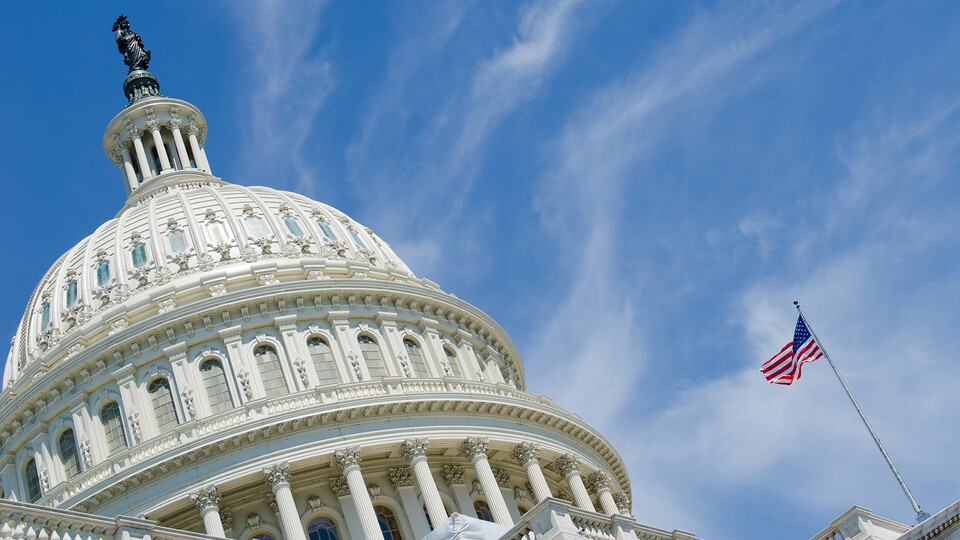Strengthening health literacy among Kansans is one of the top priorities identified in the Healthy Kansans 2030 State Health Improvement Plan, given the impact individuals’ ability to understand health information ultimately has on their quality of life. Health literacy—defined as the degree to which someone can find, use and understand health-related information to inform health decisions for themselves and others—is an important predictor of health that cannot be overstated.
Research shows low health literacy affects people’s health and contributes to rising healthcare costs, higher rates of emergency department visits, increased rates of chronic disease and poor general health. In fact, four out of 10 adults struggle with health literacy. Those most at risk of low health literacy include those in rural communities—a concern for Kansas, where 85% of counties are considered rural—as well as those in low-income households and people who face language or cultural barriers in comprehending health information.
Health plans like those that administer KanCare, Kansas’ Medicaid program, are in a unique position to help advance health literacy. KanCare plans alone reach more than 400,000 residents. These plans understand the unique challenges involved in educating members who have traditionally felt disenfranchised due to difficulties in accessing care and health resources.
But making an impact for improved health literacy demands that KanCare plans invest in new approaches. One place to start: leaning into proven models developed by other Medicaid plans with demonstrated success.
Reimagining the approach
Overcoming barriers to communication and engagement is absolutely essential to achieving better care and outcomes for Kansans and their families. It’s also not easy.
For one, people with low health literacy are “less likely to be responsive to traditional healthcare messages,” recent research shows. Without the ability to absorb the information contained in these communications, these individuals struggle to successfully manage chronic disease. They also become less likely to use disease prevention services or offerings.
Lack of health literacy contributes to low vaccination rates among children, even for the measles vaccine. So does a history of past traumatic experiences related to healthcare visits and treatment. When these families also struggle with limited English proficiency, educating parents on the value of vaccination becomes that much more difficult for health providers and health plans.
Community organizations can host small meetings to dispel myths around vaccination, including the dangerous myth that the measles vaccine can increase the risk of autism in children. Small group meetings help raise confidence in childhood vaccinations. Just as important, these meetings deepen connections between healthcare providers and families, paving the way for increased health literacy and engagement moving forward.
Top tips for the vulnerable
Other tips for overcoming low health literacy for improved health, especially among vulnerable populations like rural communities, include the following:
1. Make sure communications are easy to understand. Requests for proposals for Medicaid plans, especially in areas of the country with a high proportion of rural counties, seek member communications at a fifth-grade level. The simpler the language, the higher the potential for members to understand and act upon the information delivered. The best way to evaluate member communications is to ask yourself, “Is there a simpler way to say this that reflects the culture that we’re serving?” In Kansas, the state recommends writing Medicaid communications at or below a sixth-grade level.
2. Hire people from the community you’re trying to reach. This will promote higher rates of health literacy and preventive action for improved health. Recruit internal ambassadors from the communities served to ask questions such as, “Would your mom and dad understand this email?” Make sure that diverse representation continues to the board, which is crucial to crafting plans that resonate with members.
3. Work to understand the nuances of the member populations. Just as health insurance is never “one size fits all,” neither are member communications. Go the extra mile in understanding the whole-health, economic and cultural needs of the populations served, and work to build cultural competency among your team.
Efforts to boost health literacy among Kansans ultimately enable residents to make more informed decisions about their health, be more compliant with care and medications, and get the most from their health plan benefits. By developing a multifaceted, culturally sensitive approach to member communications and engagement, KanCare plans can more effectively overcome barriers to health literacy in the state—and help improve health for all.
Jay Sivasailam is executive vice president and chief growth officer at UCare, a 501 (c) 3 non-profit, community-based health plan focused on improving the health of local communities.


